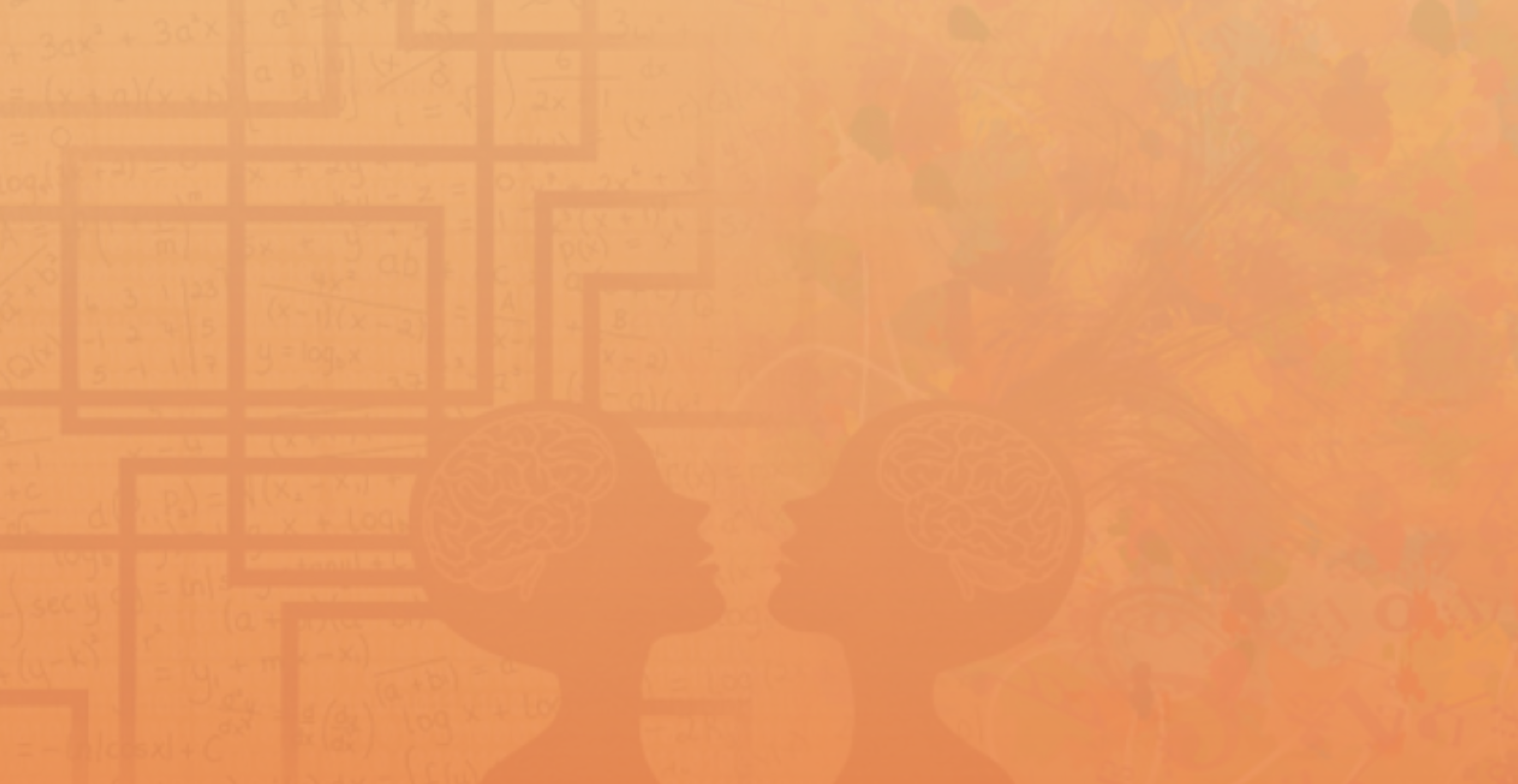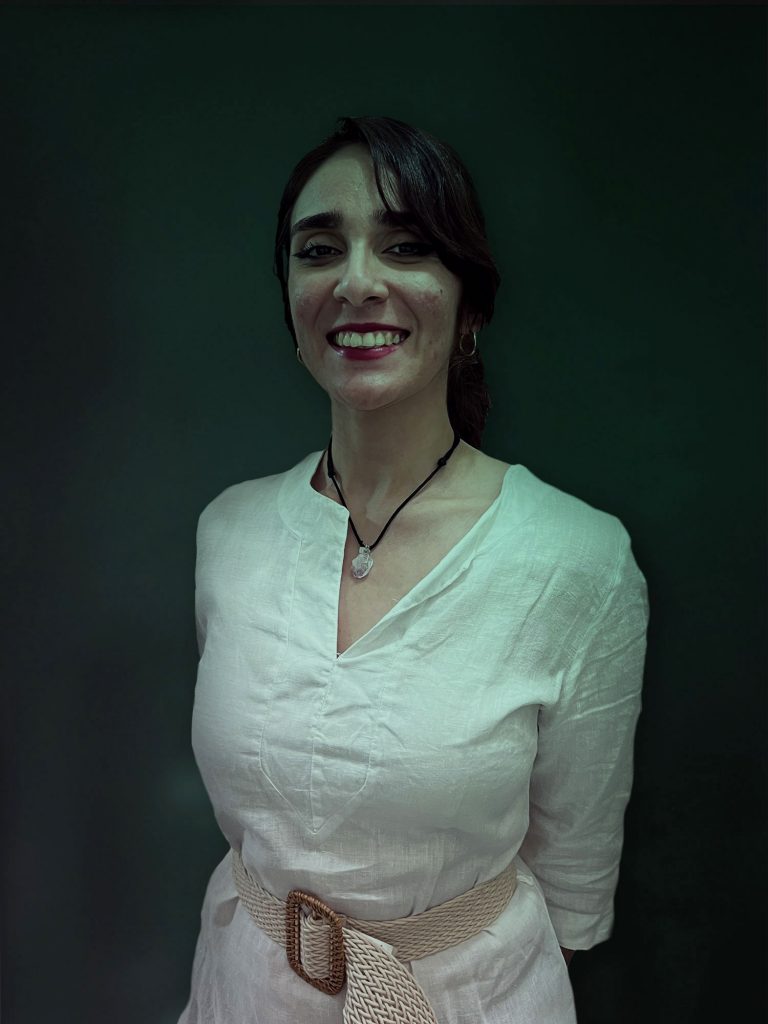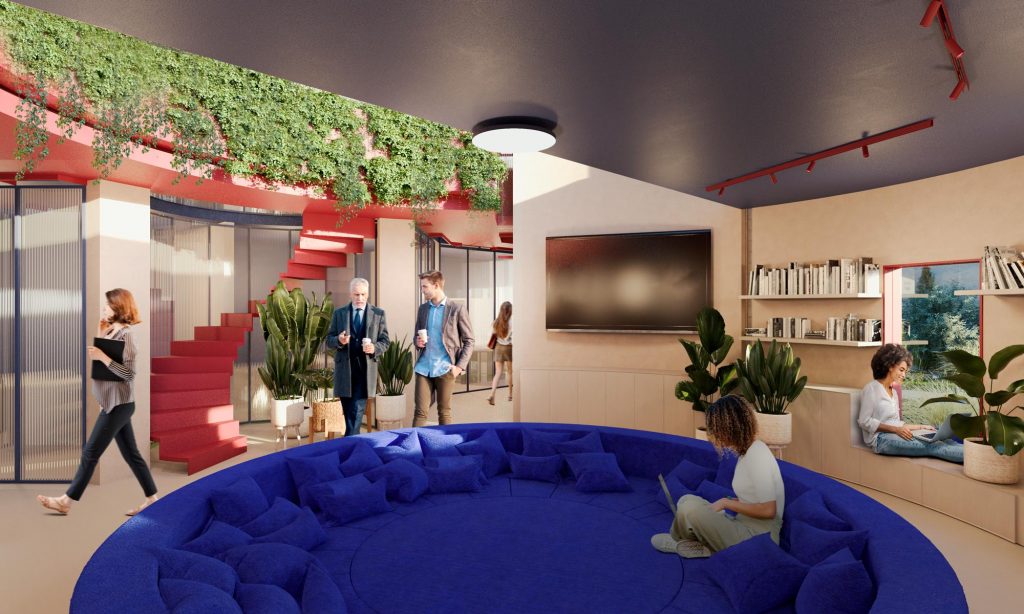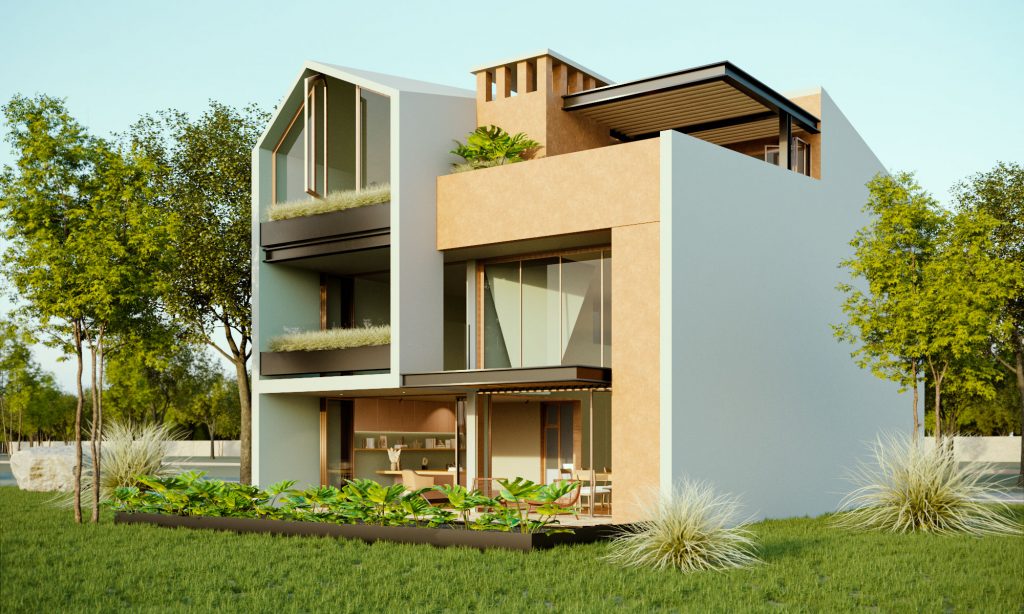

AUTOR
Aranza Ayala Amador Programa de Formación de Talento
Art and Science
Art is an activity in which humanity manifests itself with an aesthetic purpose, capturing and expressing feelings in various ways using matter, image, or sound. On the other side, we got science, a set of testable systematic knowledge that studies, explains and predicts the observable universe’s social, artificial and natural phenomena.
Comparing these two concepts, we can notice that art and science are conceived as opposites. Can you imagine what would happen if they were merged? The result could be conceived as a heterogeneous and complex union, but in reality, there is a combination between Science and Art; as a result, we do have Architecture.
Architecture trends in 2022
Throughout history, architecture has taken different forms: it has adapted to the environment in which it emerges, meeting the needs of those who inhabit it and portraying their lifestyles.
In 2022, new preferences emerged in architecture, trends that improve our designs every day; these preferences are as follows; sustainability, integration of new technologies, BIM and virtual reality, and the industrialization of architectural processes.
Another vital improvement in the field of architecture is the innovation in the use of materials. At Cafeína Design, we believe that understanding the user, site, context, and the use of innovative materials; brings together expressive and holistic architecture with a positive and hedonistic vision of sustainability. This gives rise to disruptive, innovative, sensual, and attractive architecture. Where people can enjoy and have immersive experiences within surreal places and scenarios.
With this approach and derived from recent world events, we have selected some of the most critical architectural trends for 2022: Home office, sustainable projects, and fluid and luminous spaces.

Post-Covid Architecture
After the global pandemic of COVID-19, we must restructure the interior spaces of many buildings, especially those intended to receive a large number of people, such as schools or shopping centers.
The Post-COVID Architecture is one of the trends that was generated as a result of the pandemic. Promoting larger and more fluid interior spaces is a priority; based on the rules of healthy distance and integrating transformative spaces to host different functionalities throughout the day.
ADVANTAGES
Since the global COVID-19 pandemic crisis, preserving our safety and health has been of supreme importance, modifying the buildings we inhabit. As a result, we can enjoy many advantages of the Post-Covid Architecture like:
- Accessibility for people with limited mobility better integrated and flexible spaces for the users, adaptability to the dynamics that they will carry out
- The connection with the outside takes an important role. In many cases, areas with this connection are added, such as balconies and terraces, hoping that people will have a space dedicated to clearing their minds in stressful and overwhelmed situations.
Conclusion
Each architectural trend has the same objective, to care for and satisfy the human being. It is essential to understand each one, be at the forefront, and consider regulations and new needs when designing. Above all, maintain flexibility in our buildings so that they last over time, adapt to recent trends and requirements, survive human dynamics, and manage to stand up timelessly.
Want to know more about this topic?
Contact us.



